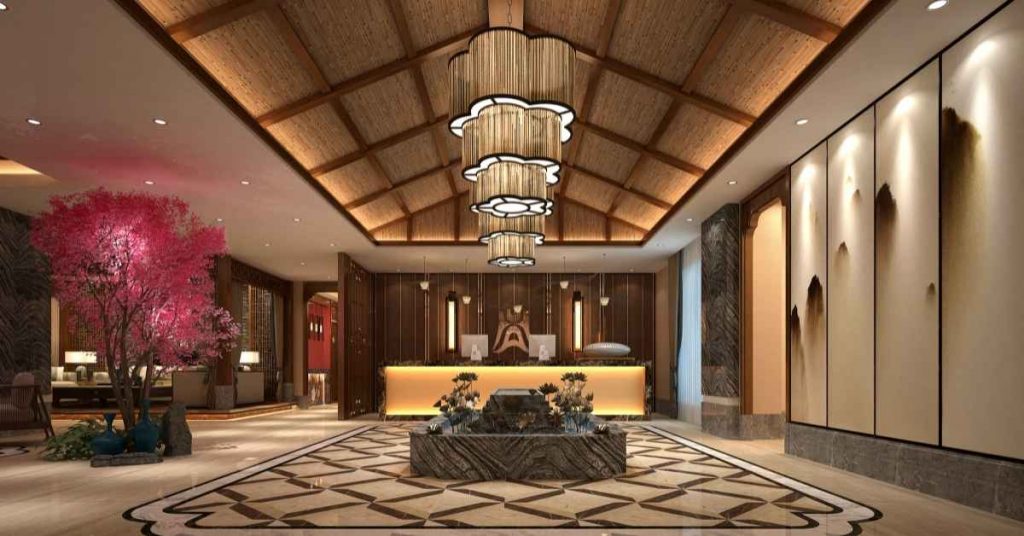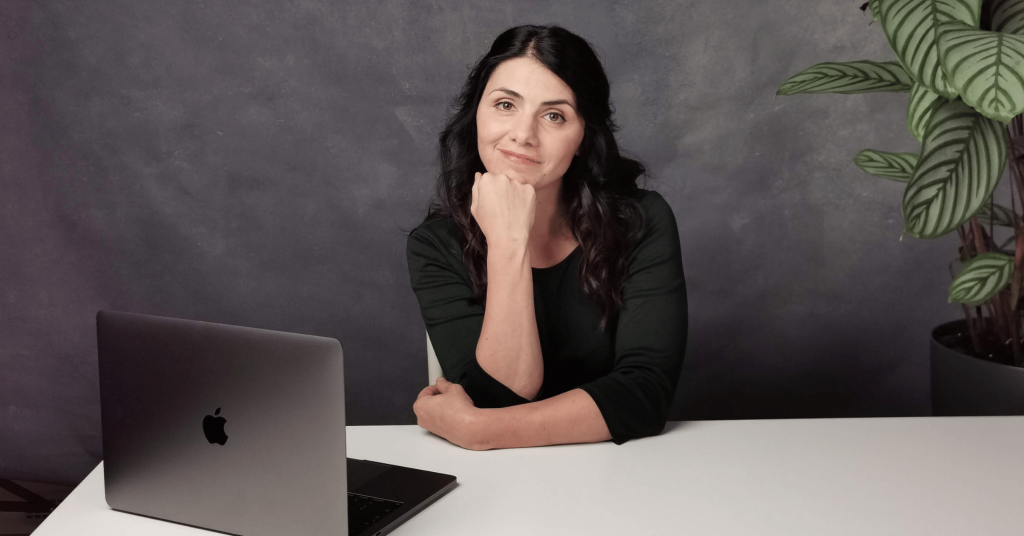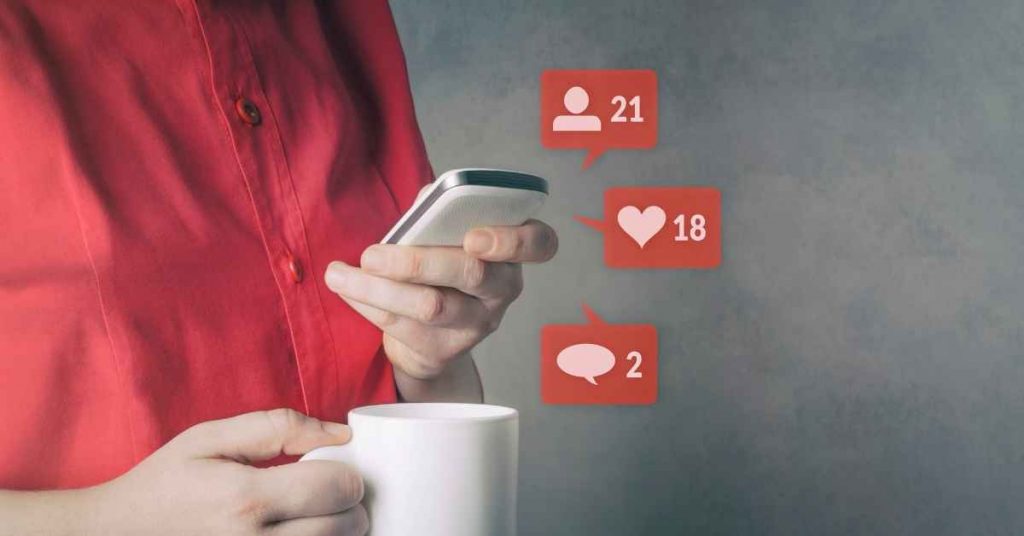Luxury brand management

Luxury is less about “what I have” but more about “what I am”.
Francois Kress
The classic economy is all about utility. An exchange between a need and its fulfillment in a context of scarcity. The consumption of a traditional product or service assumes the relieve of a pain or discomfort. But products and needs have social values, meanings, imaginary values and participate in social group and class positioning. If satisfaction has an individual and social impact then luxury can become a need as well.
Luxury is part of basic human behavior.
- Fulfilling the need for DIFFERENTIATION & DISTINCTION
- Giving PLEASURE
- Providing UNIQUE & INTENSE EXPERIENCES
“Luxury is in each detail” – Hubert de Givenchy
Whether it is “Value Based” due to impeccable product quality, strong attention to every detail or simply heritage driven (Hermes, Chanel, Cartier, etc.)
Or “Experience Based” and thus relying on atmosphere, service and customer experience (Luxury Hotels, Airport Lounges).
Consumers want AUTHENTIC experiences which make sense and give them pleasure! Luxury is less about “what I have” but more about “what I am”. The strong relationship between luxury and authenticity helps the consumer build their own identity.
Luxury is exclusive:
- For the few and not the many
- Natural not synthetic
- Original and unique vs. ordinary and overexposed
- Sustainable vs. wasteful
- Relationship based

Luxury is not about price! It is important to differentiate between “Premium” vs. “Luxury”.
| ATTRIBUTE | PREMIUM BRANDS | LUXURY BRANDS |
| Product Line | Can be broad – one product for each segment targeted. | Very narrow – a flagship product and only few variations. |
| Production | Mass production. The goal is to produce as profitably as possible. Manufacturing country is not important on purchase decision. | Hand mand. Method of production is part of the brand myth. Brand should not relocate manufacturing facilities to lower cost countries. Country of manufacturing is very important in the purchase decision. |
| Delivery | Immediate. Customers are not willing to wait. | Not urgent. The wait for the product to be built/create/fully matured contributes to the overall luxury experience. |
| Target audience | Broad – whoever can justify rationally and financially to added benefits has access to the brand. | Narrow – only a small percentage of the general population can afford the brand. |
| Price | The higher price is justifiable by the extra features versus regular brand. | Greatly exceeds the functional value of the product. Acts as selection tool that limits the access to the brand. |
| Distribution | Broad, a variety of channels cab be used simultaneously: corporate stores, independent retailers, online catalog. | Highly selective, and almost exclusively through a corporate owned channel. |
| Communication | Mass communication. The goal is to inform and create brand preference. Appeals to both ration and emotion. A blend of imagery and sometimes (extensive) copy. | Selective communication. The goal is to educate rather than inform. |
Luxury marketing and how to approach it
In traditional marketing, the brand is defined by its positioning: it aims to to be the brand which offers the greatest benefit to the target demographic in relation to the competition.
Luxury is NOT about positioning!
Does an artist compare its work to its contemporaries? It cultivates UNIQUENESS and remains faithful to an IDENTITY rather than constantly worry about the competition.
DO + DON’T
DO:
- Enhance social recognition
- Communicate
- Remember that luxury sets price, not the opposite
- Raise your price as times go to increase demand. You’ll lose the bad costumers but become very attractive to new ones
- Promote innovative treatments for maximum brand PR exposure (thought leadership, beauty and lifestyle media)
- Offer unique onboarding and off boarding ceremony that makes each interaction special (vs. clinical)
DON’T:
- Compromise the brand identity
- Compare. Uniqueness is what matters
- Listen to mass luxury clients: they are only followers

Can aesthetic medicine be luxury?
Surgery seems incompatible with luxury as it is painful, superfluous, frightening and not a social differentiator.
But there is a huge potential for luxury in the aesthetic medicine! If provided within a luxury experience context, the surgical treatment loses its aggressive connotation and is sublimated into an artistic act. By promoting all non-invasive procedures, you may give access to greater happiness. It is crucial to leverage the surgeon’s image as a creator who captures luxury value!
Managing an aesthetic practice is quite similar to managing a luxury brand: the customer wants to feel special!
Giving your patient the feeling of being special starts with the first phone call! It is crucial that your secretary remembers names of calling patients and recognizes them when they eventually enter the practice. Test calls or mystery shoppers can help you to evaluate the current situation and monitor improvements.
Entering your practice must feel like entering a five star hotel, rather than a regular doctor’s office regarding design as well as service.
 Provided you have the resources, make sure a patient coordinator takes care of every patient from beginning to the end so patients never feel left alone. Make sure to minimize patients’ waiting time by keeping them busy for example by asking them to fill out a skin diagnostic questionnaire. The waiting room should feel more like a waiting lounge and must engage all senses (perfume, music).
Provided you have the resources, make sure a patient coordinator takes care of every patient from beginning to the end so patients never feel left alone. Make sure to minimize patients’ waiting time by keeping them busy for example by asking them to fill out a skin diagnostic questionnaire. The waiting room should feel more like a waiting lounge and must engage all senses (perfume, music).







Responses